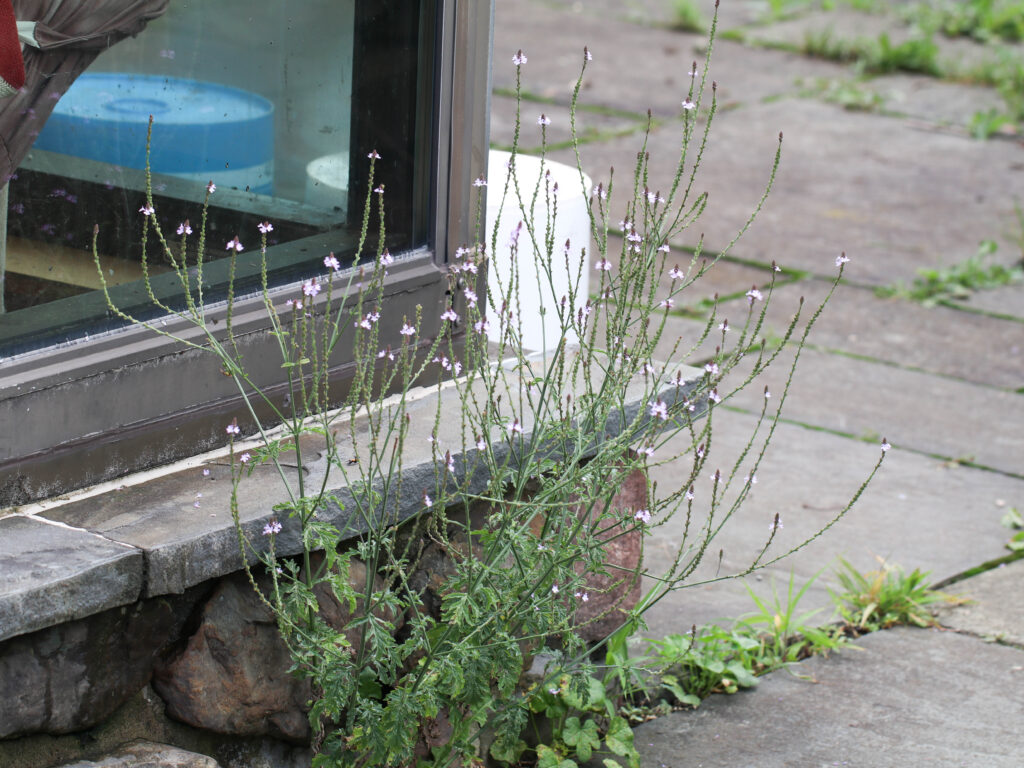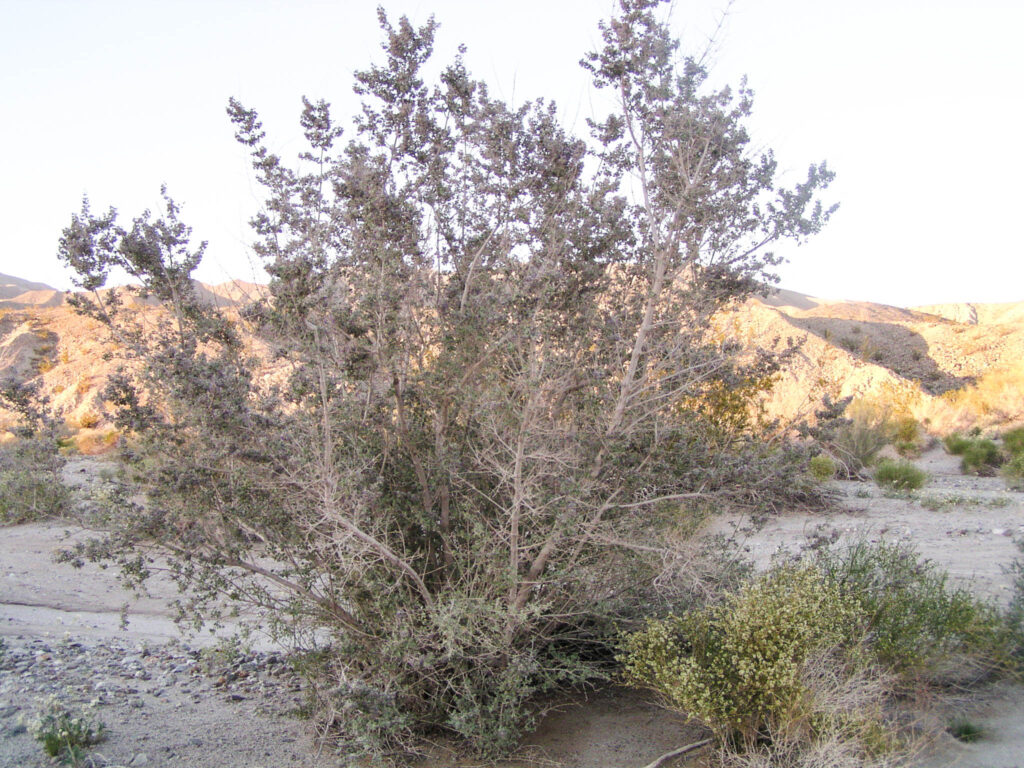
Description
Post-traumatic stress disorder (PTSD) occurs from adverse reactions following traumatic events. There are many triggering situations that can lead to PTSD, including violence of all kinds, witnessing a horrific event, physical, sexual, and emotional abuse, traumatic accidents, and deaths.
The after-effects of these traumatic events can cause long-lasting psychological, emotional, and behavioral patterns that negatively impact one’s quality of life. They can affect cognitive processes, memory, focus, and concentration.
PTSD can alter behavior to avoid potential triggering situations, which can lead to hypervigilance. This is a state where one is constantly monitoring their surroundings and being very cautious of any possible risk or threat. This brings on constant stress and difficulty relaxing, which can add to muscle pain and other body burdens. Constant vigilance can also make concentration and being present difficult.
Disturbing flashbacks (re-experiencing past events) can occur, increasing wariness, exhaustion, and confusion. PTSD can impact sleep and dreams, furthering a person’s difficulty in their waking life.
Individuals react differently to traumatic events and their aftermath.
Other symptoms and reactions include disassociation, depression, substance use, fatigue, exhaustion, and body tension.
Complex (cPTSD) is an escalated and more severe type of PTSD that occurs from repeated traumatic experiences such as childhood abuse or abusive relationships. It shares many of the symptoms as PTSD, though they are often more severe. CPTSD will be covered in its own section.
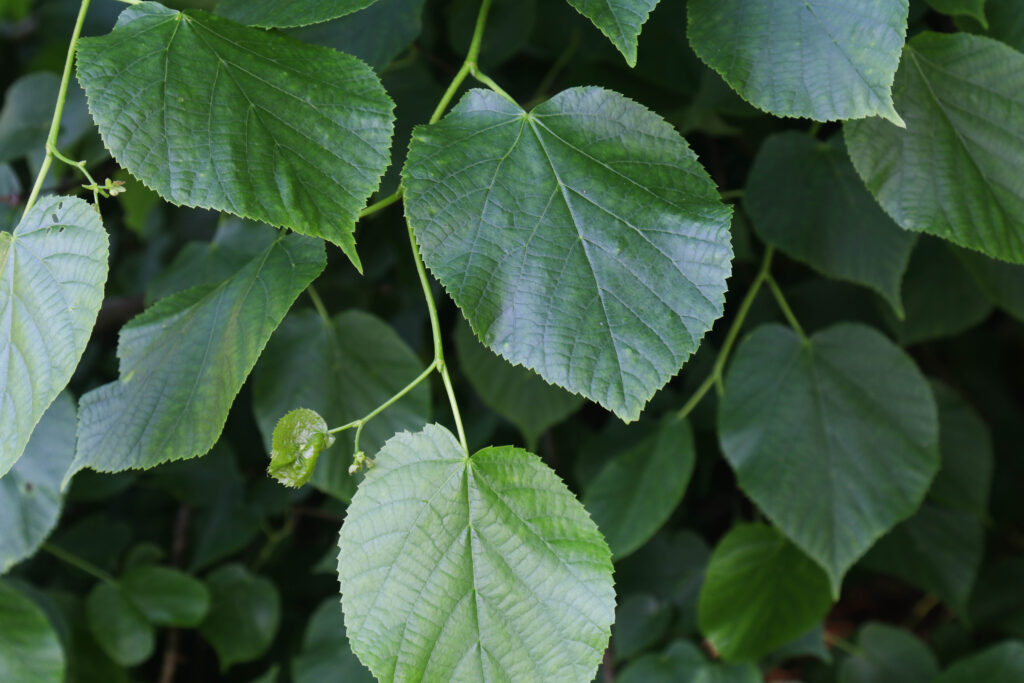
Herbal Notes
PTSD is a complex of symptoms, as individuals react to past traumas in differing ways. It is helpful to ask what aspect(s) an individual is looking to support. Treatment categories include nervines, which can be taken daily or as needed to help reduce the wear and tear of hypervigilance. Antioxidants may also be helpful for the extra strain on the body. Sleep aids can help with falling and staying asleep. Cognitive support plants can help facilitate better concentration, memory, and focus. Adaptogenic herbs support the hypothalamus-pituitary-adrenal axis (HPA axis). Aromatic herbs can be useful to have on hand and inhale during challenging times. Sedative herbs can be beneficial for sleep and for sedation when one can let their guard down. Anxiolytic herbs can be taken regularly or as needed with elevated anxiety. Trauma aids can be taken as needed for heightened responses. Herbs that increase bioavailability may also be helpful to improve the efficacy of any herbal medicines ingested.
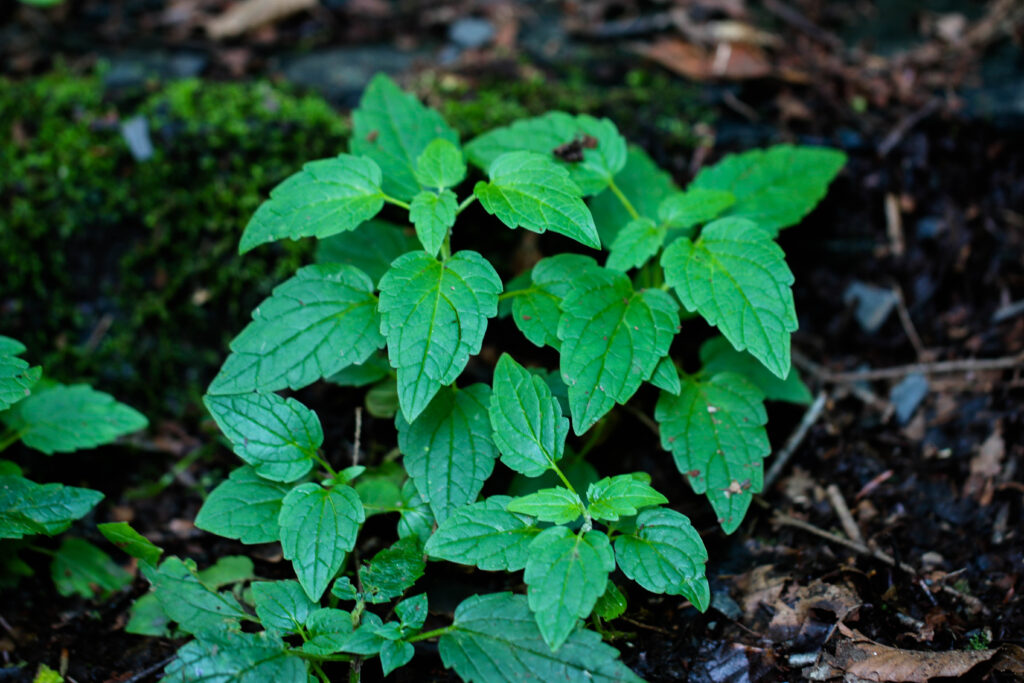
Herbal Treatment Categories
- Adaptogen
- Antidepressant
- Antioxidant
- Anxiolytic
- Aromatic
- Bioavailability
- Cognitive support
- Incense
- Nervine
- Sedative
- Sleep aid
- Trauma aid
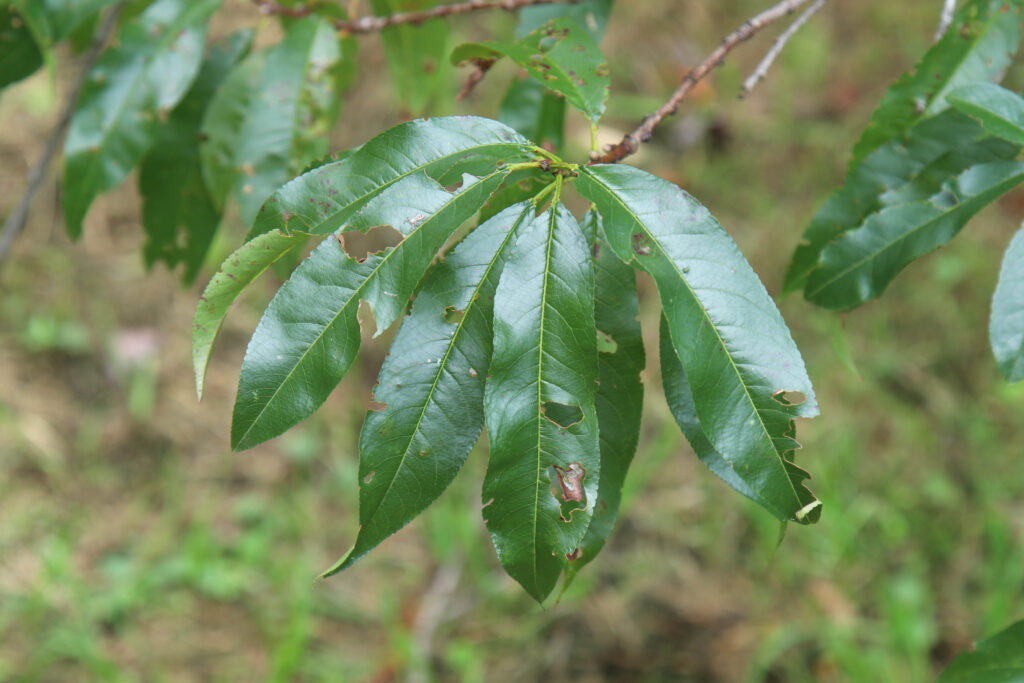
- Anemone-Anemone species
- Ashwagandha-Withania somnifera
- Bacopa-Bacopa monnieri
- Betony-Betonica officinalis
- Blue vervain-Verbena hastata
- Calamus-Acorus calamus
- Californica poppy-Eschscholzia californica
- Chamomile-Matricaria chamomilla
- Damiana-Turnera diffusa
- Desert lavender-Hyptis emoryi
- Eleuthero-Eleutherococcus senticosus
- Ginkgo-Ginkgo biloba
- Ginseng-Panax quinquefolius
- Hawthorn-Crataegus species
- Kava-Piper methysticum
- Lavender-Lavandula species
- Lemon balm-Melissa officinalis
- Licorice-Glycyrrhiza species
- Linden-Tilia species
- Lion’s mane-Hericium erinaceous
- Lobelia-Lobelia inflata
- Mimosa-Albizia julibrissin
- Motherwort-Leonurus cardiaca
- Nettles-Urtica dioica
- Oats-Avena sativa
- Passionflower-Passiflora incarnata
- Peach leaf-Prunus persica
- Rhodiola-Rhodiola rosea
- Rose-Rosa species
- Rosemary-Salvia rosmarinus
- Skullcap-Scutellaria lateriflora
- Johnswort-Hypericum perforatum
- Tulsi-Ocimum tenuiflorum
- Valerian-Valeriana officinalis
- Vervain-Verbena officinalis
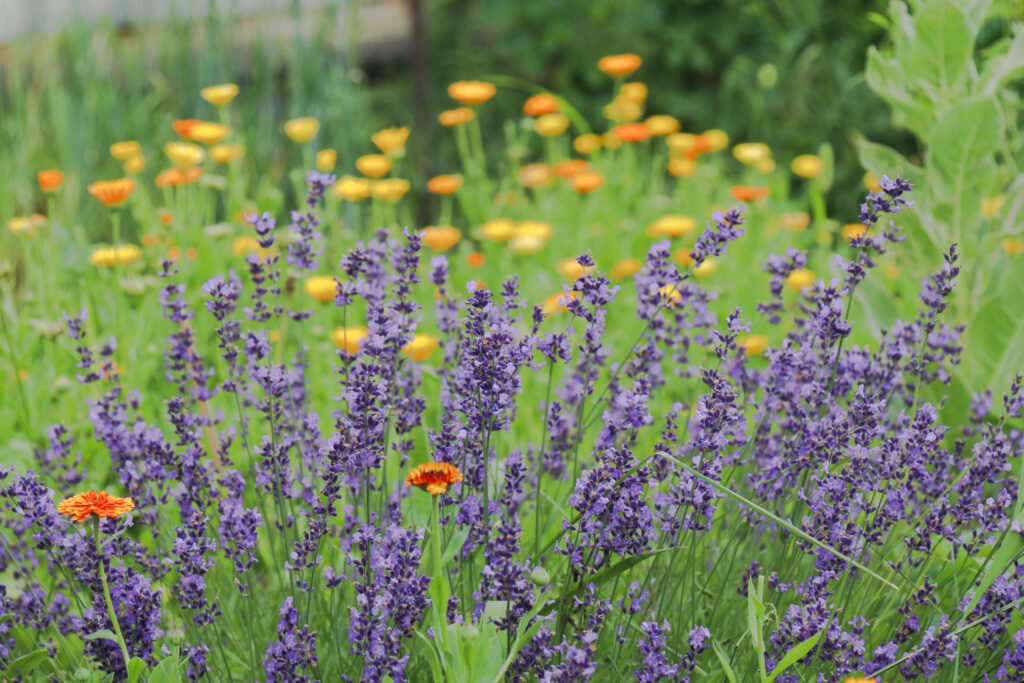
7Songarden, Ithaca, New York.
